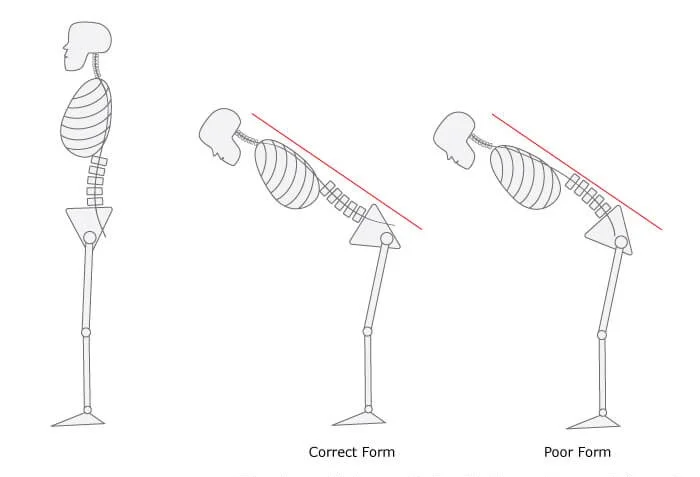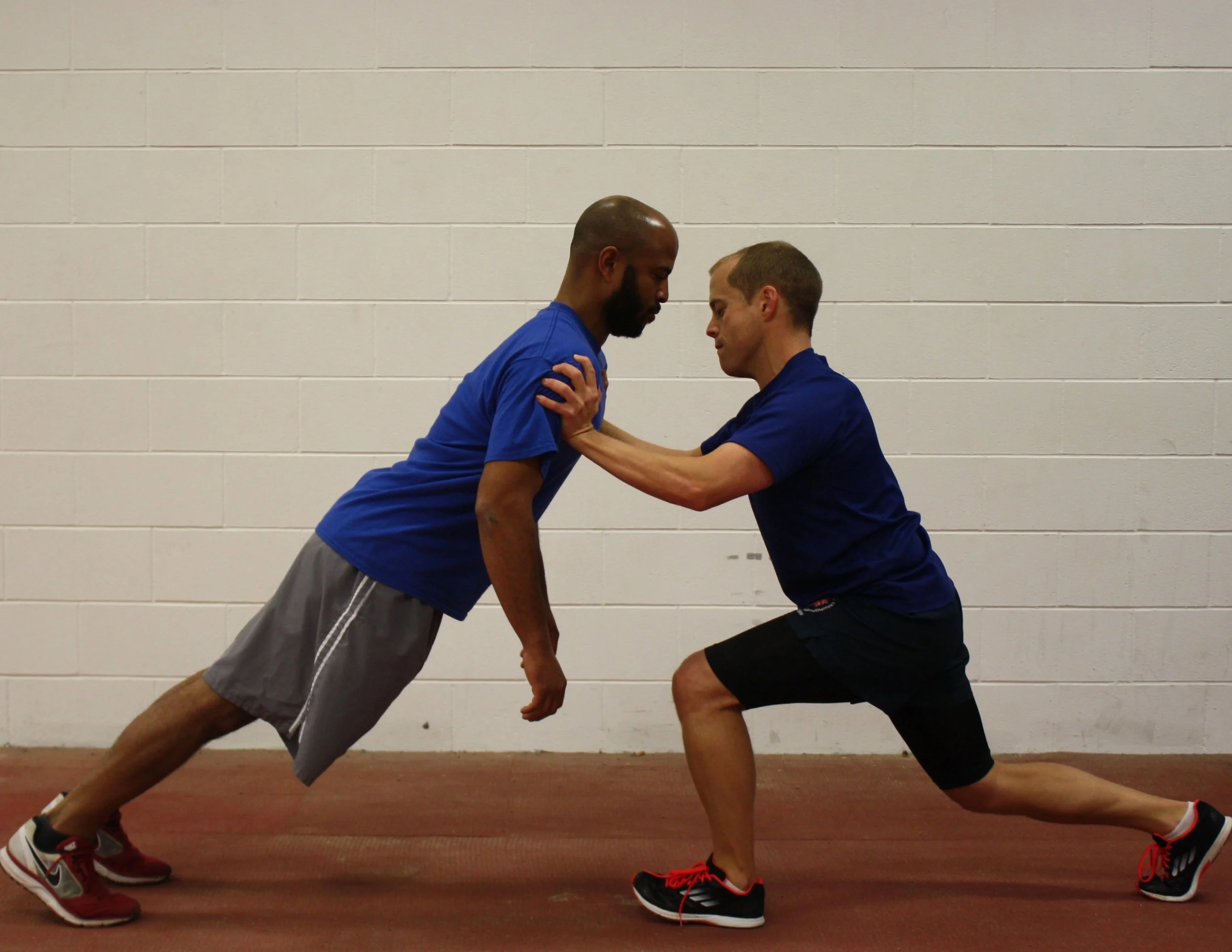An outsider’s view of elite and professional sport tends to assume that these environment are constantly engaged in ‘pushing the envelope’ in the relentless pursuit of better. The situation in reality tends to be quite different. Conventions and the pressure to conform to what others are doing have a powerful pull. Paradoxically the resistance to exploration and barriers to innovation are often more pronounced the highest level. Especially within professional sport those involved are acutely aware that their position is highly prized and job security at a premium. These conditions are naturally not conducive to taking risks or moving beyond the tried and tested. All of this helps to explain the abundant examples demonstrating that opportunities remain to gain significant competitive advantages and even some easy wins
Tempering Athletes: Future Proofing Versus Acquired Fragility
Tempering is a process used to impart strength and toughness, and essentially serves to bring out the intrinsic properties of the material under stress. Athletes forged in the crucible of severely testing conditions may be similarly rendered highly resilient to future challenges and stressors. Those who successfully come through such trial by fire paradoxically often prove stronger from the experience. The notion that stressors can not only make systems more resilient, but in fact stronger and better as a consequence, speaks to the concept of antifragility, a phenomenon observed in nature and highlighted by Nassim Taleb who famously coined the term. In this post, we will bring this antifragility lens, and a general reticence to accept that sports injuries ‘just happen’, to reframe how we think about preparing athletes to ‘future proof’ them to risks and scenarios that we cannot fully anticipate. In place of safeguarding measures and interventions that seek to protect, we will make the argument for tempering athletes to harness and develop their intrinsic reserves and coping abilities. Adopting this perspective and general strategy for managing injury risk, we will outline some tactics to help guide practitioners in their approach.
Fostering Diversity of Thinking
Divergence of opinion has traditionally been viewed in less than positive terms: when x and y don’t see eye to eye on a particular subject, this is generally seen as problematic. By extension, we hear of the virtues of assembling a group of ‘like-minded’ individuals. Organisations typically promote compromise and conformity as virtues to foster harmony and unity within the group. Contrary to this, the wisdom of crowds illustrates the benefits of aggregating judgements from a broad and disparate group of individuals. To further strengthen the case for diversity of thought and experience, ‘cognitive diversity’ is in fact found to be the major factor that differentiates successful teams and organisations. In this Informed Blog, we explore the paradoxical ways diversity and divergence are conceptualised, and see what lessons we can take on a group and an individual level in the context of sport.
A Wake Up Call on Sleep
Sleep is essential to sustaining life. Yet the majority of us are casually dismissive when it comes to sleep. We routinely deny ourselves this most critical sustenance of our own volition. The attitudes towards sleep among high performing individuals in different realms and society in general are quite baffling. We also largely fail to make the connection between the reckless lack of care and attention we give to our sleep and the dizzying array of consequences that inevitably follow. Objectively this behaviour is bizarre, and our failure to prioritise sleep defies logic. With this latest Informed Blog we explore the myriad ways you lose when you don’t snooze sufficiently.
Traits of Elite Coaches and High Performing Practitioners
In this latest offering we explore some of the traits that differentiate the best coaches and practitioners in their fields. One disclaimer before we start is that this post is based on observational study. To some degree the themes we explore reflect wisdom shared by prominent individuals via different forums and media. However, I unapologetically give more weight to traits and behaviours that I have directly observed. I have been fortunate to interact with a representative sample of these exceptional individuals across multiple sports in various contexts; this has provided the opportunity to see how they approach their work with ‘live’ athletes in different scenarios, as opposed to how individuals claim they act and operate in practice. The themes we explore are therefore more a product of this direct observation, rather than simply distilling what has been presented elsewhere.
Informed Shorts: Is 'Hip Hinge' Really a Fundamental Movement?
The Why, What, and How of Coaching Movement: Part 3
The current post is the culmination of a three-part series on coaching athletic movement. In the opening part of the series, we delved into the ‘why’, and sought to elucidate what roles we have to play in this space. With part two we got into the ‘what’, and proposed that the lenses of mechanical effectiveness and efficiency might unite our aims in both performance and injury realms. With this final instalment, we get into the ‘how’, and provide some practical guidance on how we might deliver what we outlined in part two, and ultimately fulfill the roles we identified in part one.
The Why, What, and How of Coaching Movement: Part 2
As practitioners we are all essentially coaches, and in our various realms we find ourselves directing athletes on how we want them to move. In the first part of this 3-part post we delved into the why, as we attempted to elucidate what roles we should play, and define what objectives we should be seeking to fulfil when providing instruction to athletes. With this second part on coaching movement we get into the 'what'.
The Why, What, and How of Coaching Movement: Part 1
In an early post entitled ‘The Rise of the Movement Specialist’ we identified an apparent gap in the technical input and direction provided to athletes when it comes to athletic movement skills. The appearance in recent times of hordes of self-styled ‘movement specialists’ seeking to fill the void, or rather recognising a niche in the market, is indicative that something is presently lacking. With this 3-part post we attempt to tackle the question of what our role is in this space, and offer some guidance on how we can do better.
In this first part of the 3-part series, we start with ‘why’…
Perils of Binary Thinking and Polarised Debates
For a practitioner who spends any time on social media it is easy to get the sense we are in the death throes of informed debate. Authorities (often self-proclaimed) seem to constantly spew forth evangelical proclamations, push their ideology and promote others who espouse their doctrine, and decry those who express contrary views. Sadly, it appears there are no shortage of young zealots eager to answer the call to join the modern crusades conducted on a social media battlefield. In this post we will explore the trend for binary thinking and polarised arguments that fuels the tribalism we see on these platforms, and how this is increasingly creeping into sports science and medicine circles. We will then attempt to plot a path back from the edge of the abyss, and bridge the divide between factions to allow us to return to real debate.














